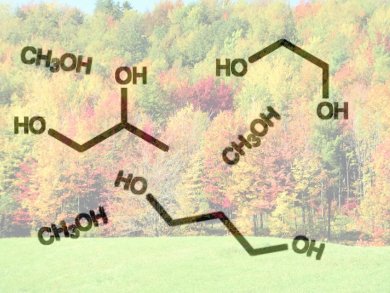Lignocellulose consists of cellulose, hemicellulose, and lignin. Cellulose is with amounts of up to 50 % the major constituent. Therefore, efficient chemical transformations of cellulose into platform chemicals will play a potentially crucial role in the transition to biorefinery schemes. Considering large-scale applications the development of noble-metal-free catalysts is required.
Regina Palkovits, RWTH Aachen University, and colleagues have shown that noble-metal-free catalysts based on copper allow an efficient transformation of cellulose into ethylene glycol, 1,2-propanediol, and methanol as main products. Overall yields of above 93 %, together with 63 % yield of C1–C3 compounds, can be reached over the simple Cu-based catalyst. This opens new opportunities for the sustainable and cost-efficient valorization of cellulose.
Future investigations will focus on rationalization of the Cu oxidation state and acid–base properties of the catalysts, as well as possibilities to enhance catalyst selectivity and recyclability.
- Copper-Based Catalysts for Efficient Valorization of Cellulose,
Kameh Tajvidi, Kristina Pupovac, Murhat Kükrek, Regina Palkovits,
ChemSusChem 2012.
DOI: 10.1002/cssc.201200482





It would be much more appropriate if the papers presented here would be available free of charge. I many other readers have no access to chemsuschem and other Wiley journals and would appreciate to have access to your selected papers (see for example ACS). Jürgen O. Metzger